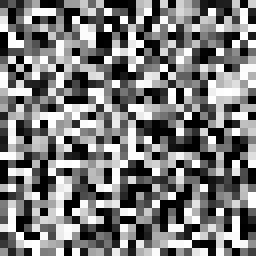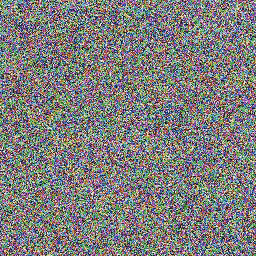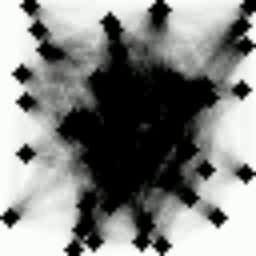Code for Diffusion Models as Plug-and-Play Priors (NeurIPS 2022).
@inproceedings{graikos2022diffusion,
title={Diffusion Models as Plug-and-Play Priors},
author={Alexandros Graikos and Nikolay Malkin and Nebojsa Jojic and Dimitris Samaras},
booktitle={Thirty-Sixth Conference on Neural Information Processing Systems},
year={2022},
url={https://arxiv.org/pdf/2206.09012.pdf}
}The code in the mnist directory is sufficient to reproduce the MNIST experiments of Section 3.1. The mnist/train\_diffusion.ipynb Jupyter notebook trains the MNIST DDPM model. The mnist/inference.ipynb notebook can be used to run our inference algorithm with both hand-crafted and learned constraints. The video demonstrates the generation procedure for a symmetric digit of class '3'.
The code in the ffhq directory reproduces the conditional generation procedure described in Section 3.2. The pre-trained DDPM model is taken from https://github.com/yandex-research/ddpm-segmentation. For the attribute classifier, use any pre-trained face-attribute classification model (such as this). The conditional generation process is presented step-by-step in the ffhq/infer_with_attributes.ipynb notebook. The video shows the generation steps for attributes 'blonde' and 'smiling'.
The code in the tsp directory is sufficient to reproduce the experiments whose results are shown in Table 2. Running tsp/train.py trains a model and tsp/inference.py performs inference with the trained model under the default settings. To run the code, it is necessary to download the datasets from https://github.com/chaitjo/learning-tsp, and place them in the tsp/data folder. A trained model on 64x64 images of 50-node TSP problems is provided at this download link. The video shows the inference of a TSP solution given the nodes.
The data can be downloaded from this repository. The code in the segmentation directory contains example Jupyter notebooks to train the segmentation diffusion model, compute the per-tile clusterings and perform inference with given clusters and label prior information. A trained UNet on segmentation maps is provided here.
In all experiments, the U-Net denoiser network is taken from https://github.com/openai/guided-diffusion.



